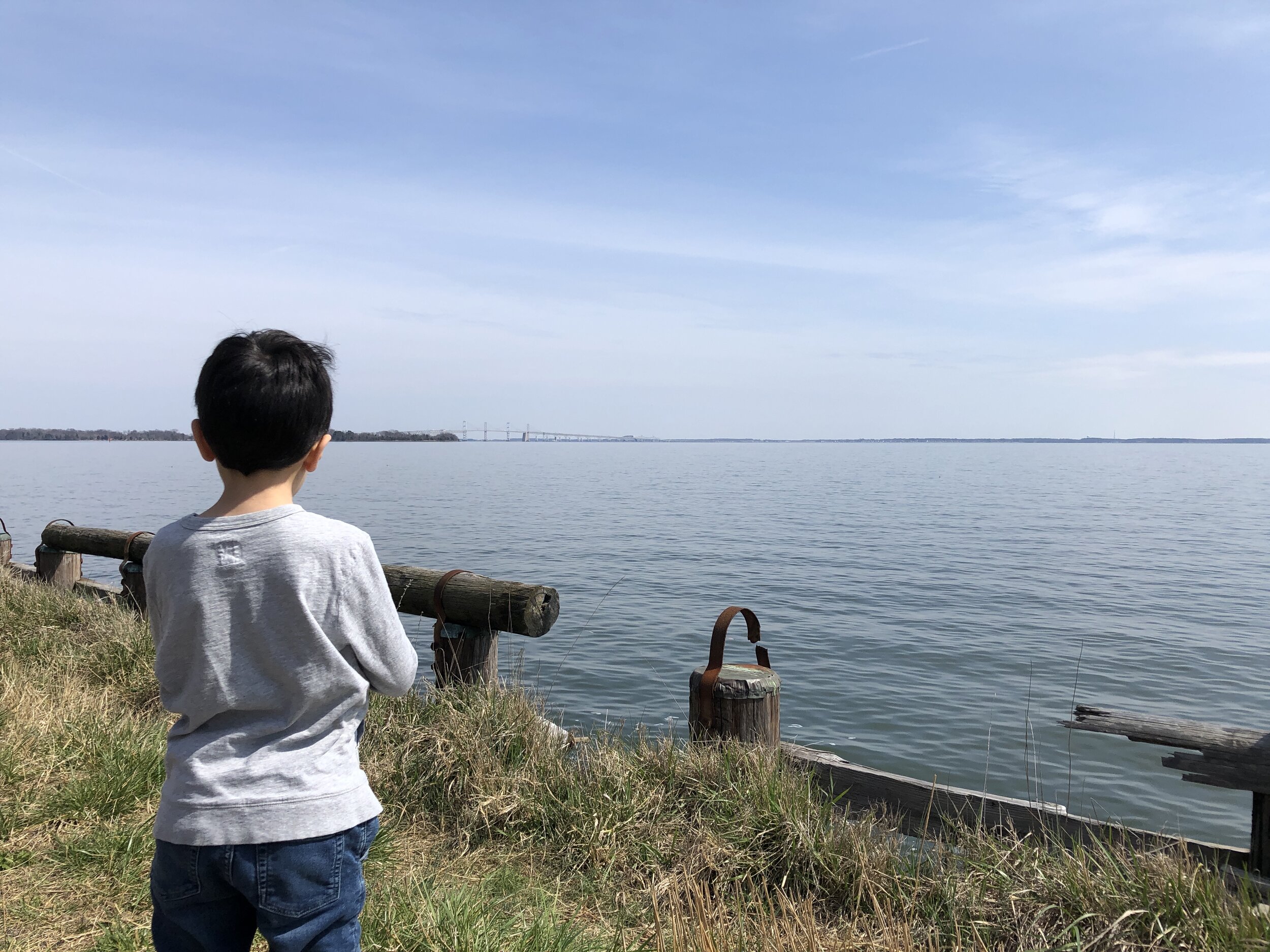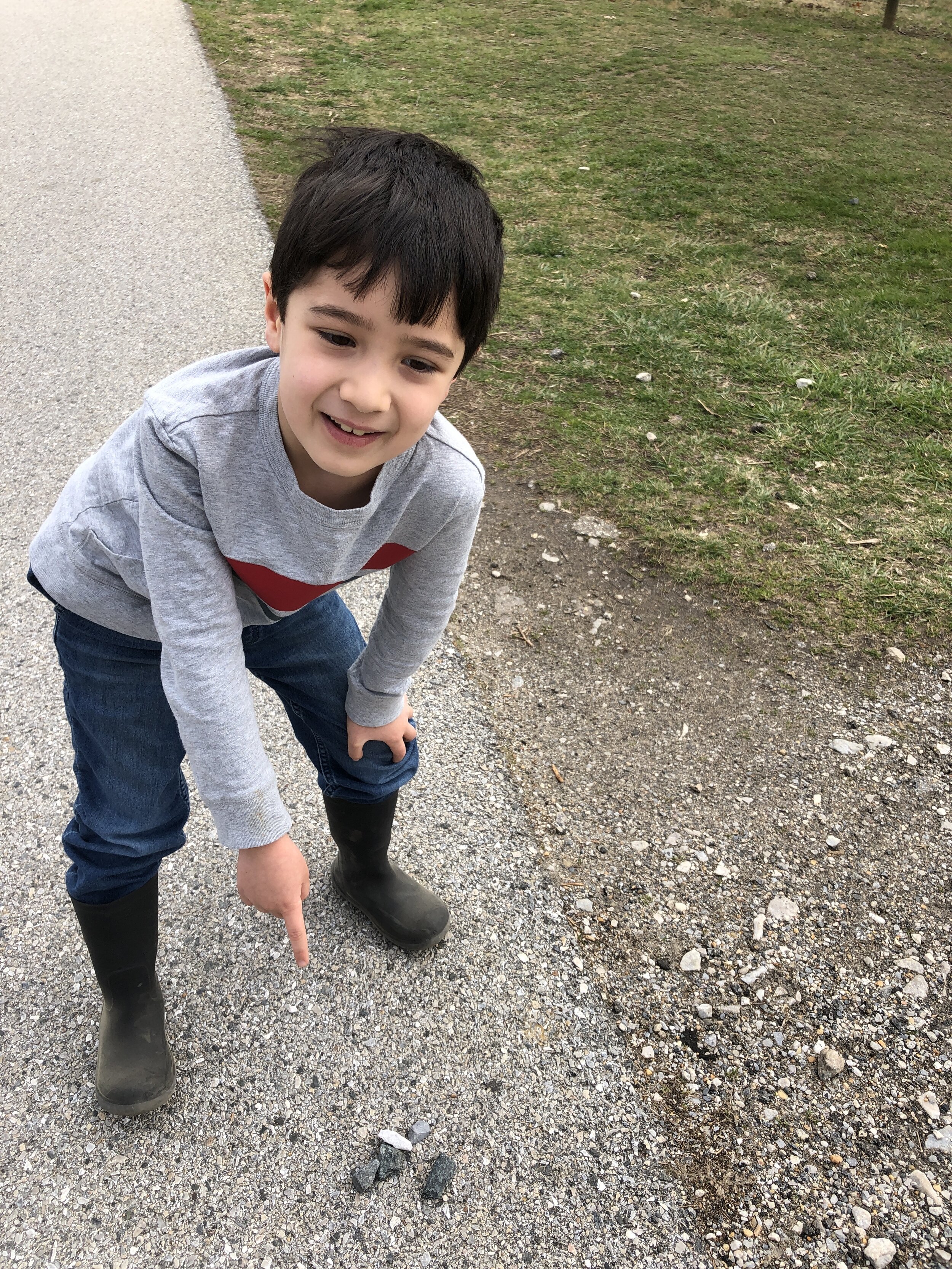April’s Native Maryland Plant
Viburnum acerifolium L.
(vih-BUR-num a-ser-ih-FOH-lee-um)
Common Name: Maple-Leaved Arrowwood
This month marks the beginning of my fourth year writing Latin for Gardeners. Looking back at the list of plants I’ve discussed I was surprised that I had yet to mention any Viburnum species. This specific one, V. acerifolium, is one of my favorite shrubs, for multiple reasons. It has great fall color, attracts a diversity of pollinators, is a host plant for the Spring Azure butterfly and its dense branches are where I often see birds foraging or nesting. They also enjoy the black berries that appear in early fall!
V. acerifolium prefers some level of shade, it will not endure boggy soil or over-watering but will tolerate drier conditions. It occurs naturally in beech-maple forests, thriving in rich deciduous woods, often amongst oak where it benefits from the acidic leaf litter. It’s also tolerant of black walnut toxicity.
Although I have many Viburnum spp. in my yard, I have yet to see the destructive Viburnum leaf beetle. I inspect my plants in spring before they leaf out and if necessary I’ll aggressively prune or treat them. Providing the best possible growing environment allows for a healthier plant which is always the best defense against any plant-eating insect or disease.
V. acerifolium is not found at most garden centers so if you find one and choose to buy it, (and I hope you do), I recommend you purchase the biggest plant you can find!
*Corymb: A flower cluster whose lower stalks are proportionally longer so that the flowers form a flat or slightly convex head.
NOTE: Spring azure photo used with Mary Anne Borge’s permission: https://the-natural-web.org/
~ Alison Milligan – Mstr. Gardener/Mstr. Naturalist/Mstr. Watershed Steward
Chesapeake Bay Landscape Professional (CBLP)











